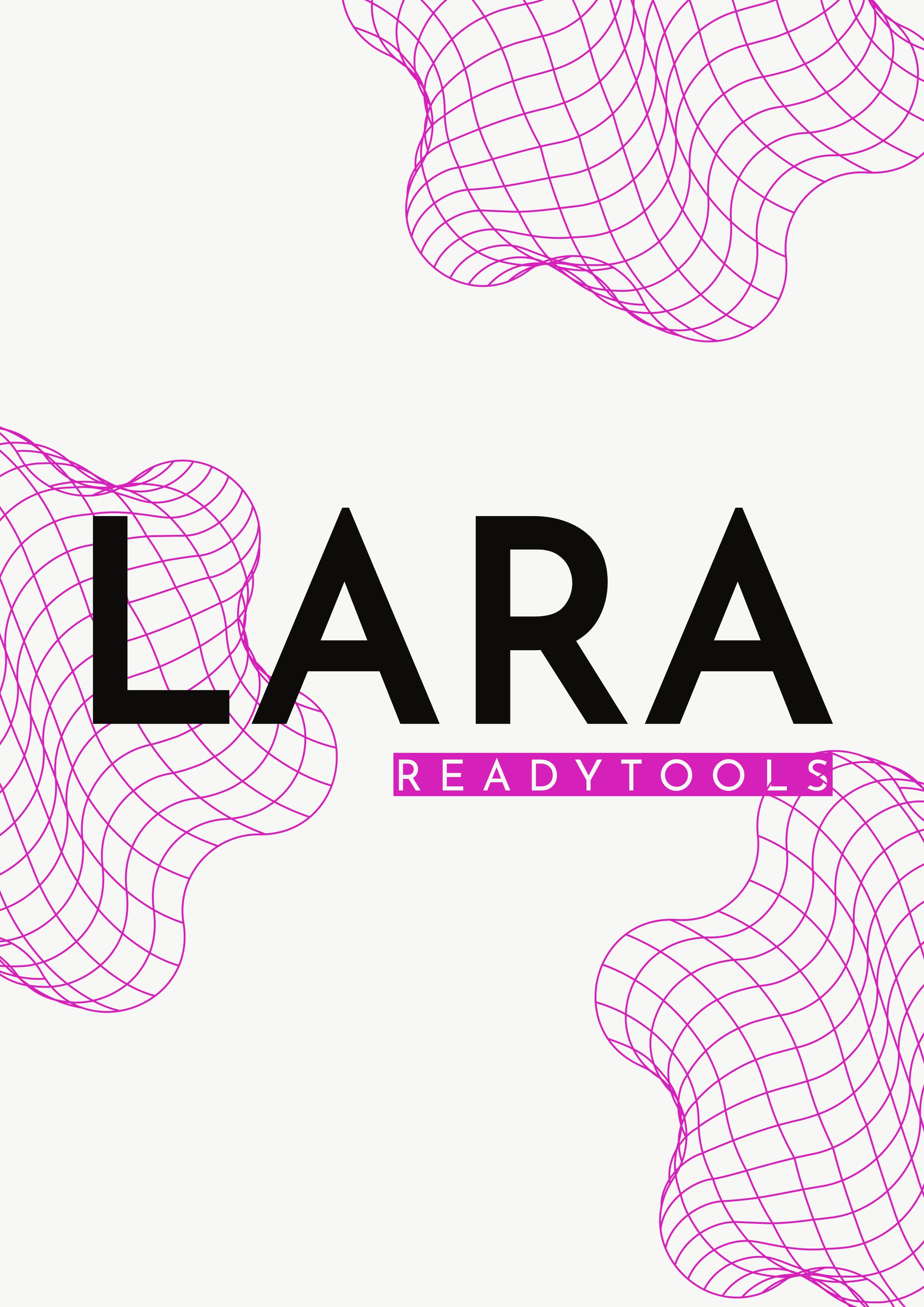Predicates
So far, we've dealt with statements that are true or false. A predicate is more general: it's an expression that says something about one or more objects, but by itself, it's not yet a statement.
What is a predicate?
A predicate expresses a property or relation. It becomes a statement when we assign a specific value to the variable.
This is the predicate P(x). If x = 7, then the statement is true. If x = 3, then false.
One-variable predicate
This is a predicate that expresses: "x is an even number". If x = 4, then P(x) is true. If x = 5, then P(x) is false.
Two-variable predicate
This expresses a relation: "x is less than y". If x = 2 and y = 5, then R(x,y) is true. If x = 7 and y = 4, then false.
Difference between predicate and statement
- A statement is always true or false.
- A predicate contains variables, so by itself, we can't decide if it's true.
- It becomes a statement only when we substitute a specific value.
Summary
A predicate is an expression that says something about objects. When we specify the values of the variables, the predicate becomes a statement that can be true or false.
Practice Exercise
We have reviewed and checked the materials, but errors may still occur. The content is provided for educational purposes only, so use it at your own responsibility and verify with other sources if needed.
✨ Ask Lara — your AI study partner
Unlock personalized learning support. Lara can explain lessons, summarize topics, and answer your study questions — available from the Go plan and above.
Lara helps you learn faster — exclusive to ReadyTools Go, Plus, and Max members.


